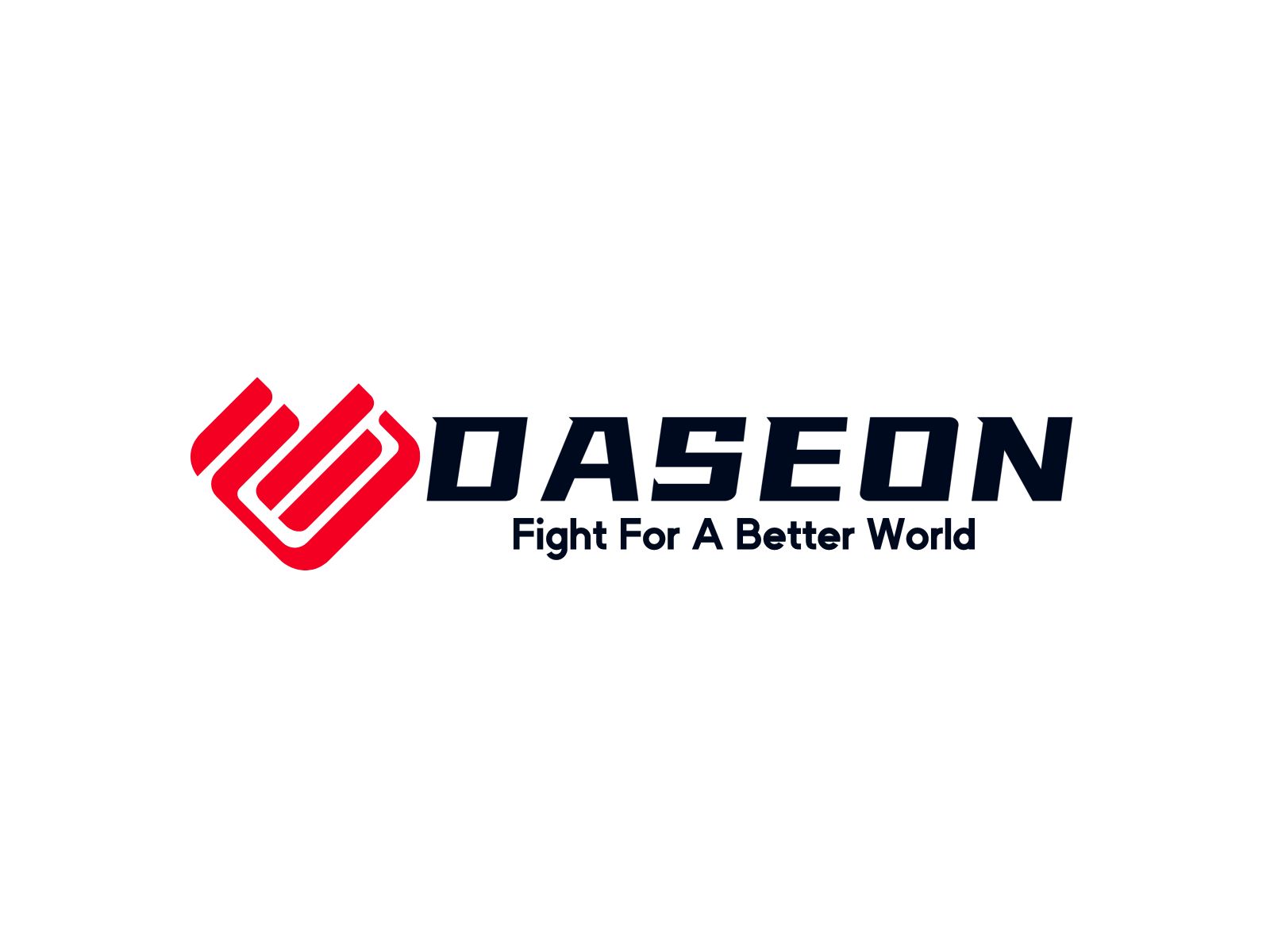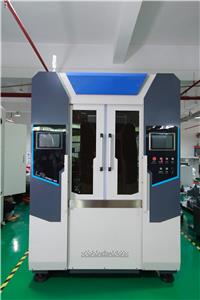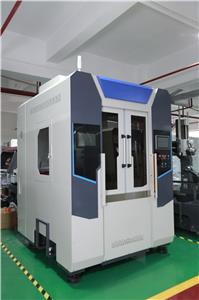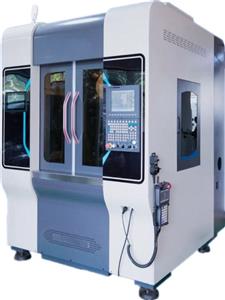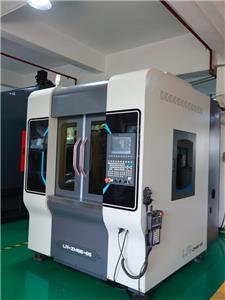- Home
- >
- News
- >
- Technical Insights
- >
- Thermal Expansion Management: Key Control Points for Magnesium Alloy Machining and Assembly
Thermal Expansion Management: Key Control Points for Magnesium Alloy Machining and Assembly
In our previous analysis, we established that the mismatch in the Coefficient of Thermal Expansion (CTE) is the root cause of many challenges in producing magnesium alloy motor housings. Understanding the theory is one thing; applying it in practice is another. This article transitions from theoretical analysis to a practical guide, focusing on the key control points and actionable advice for engineers to implement a robust, full-process temperature control strategy.
I. Understanding Material Properties: The Prerequisite for Control
Effective Thermal Expansion Management begins with a deep understanding of the dramatic differences in physical properties between magnesium and its associated materials.
The Core Conflict: A Stark Comparison of CTEs
--Magnesium Alloy (AZ91D): ~26-27 x 10⁻⁶ /K
--Aluminum Alloy: ~22-24 x 10⁻⁶ /K
--Steel (e.g., Bearings/Bolts): ~11-14 x 10⁻⁶ /K
--Micro-Arc Oxidation (MAO) Ceramic Layer: ~5-10 x 10⁻⁶ /K
These figures clearly show that magnesium alloy expands at roughly twice the rate of steel. This property differential means that Thermal Stress is an unavoidable consequence in any process involving temperature changes. For ultra-high-precision applications, it is strongly recommended to consult authoritative resources like the ASM Handbook or conduct dilatometer tests to obtain exact CTE data for your specific materials.
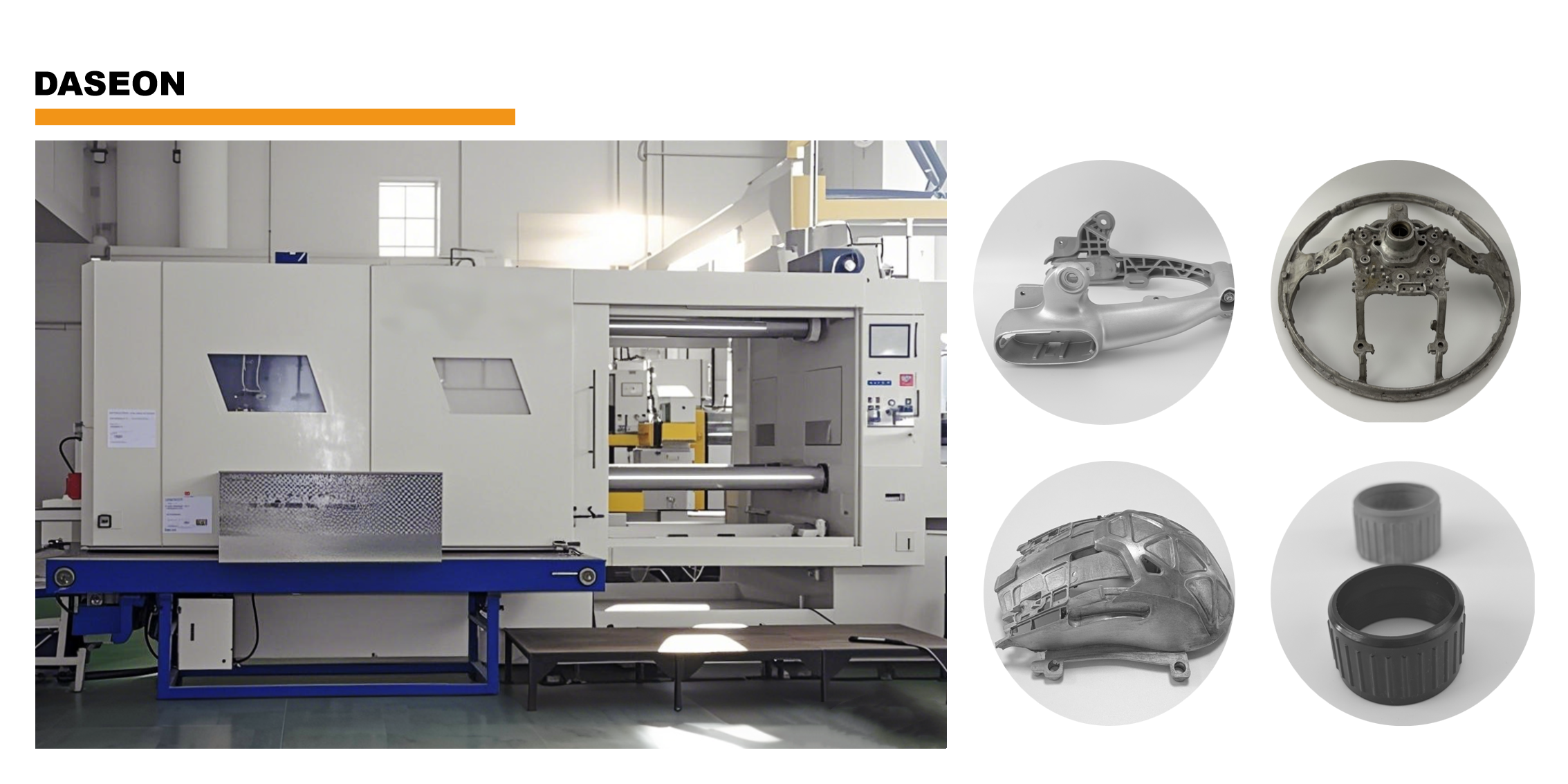
II. A Practical Guide to the Three Critical Temperature Control Nodes
Effective Process Control in Manufacturing requires focusing on three critical nodes where temperature fluctuations pose the greatest risk.
Node 1: During Precision Machining and Measurement
For high-precision components, "constant temperature control" is non-negotiable. This involves three key elements: a temperature-controlled workshop environment, temperature-controlled coolant, and ensuring the workpiece itself is at a stable temperature.
--Practical Focus: A common error that compromises CMM Measurement Accuracy is measuring a part that has not fully cooled after the Magnesium Alloy Machining process. A warm part will give false readings, leading to a component that is out of tolerance once it reaches ambient temperature. Allowing for adequate stabilization time before final inspection is a critical quality gate.
Node 2: During Shrink Fitting and Sealing Processes
The Shrink Fitting process, where a motor stator is inserted into a heated housing, is a high-risk point for thermal shock.
--Practical Focus: The heating and cooling rates of the housing must be strictly controlled. Rapid temperature changes are the biggest threat. The significant CTE mismatch between the magnesium substrate, the MAO coating, and any sealing adhesives can create immense instantaneous stress. This can cause microscopic cracks in the MAO layer, which may not be visible after assembly but will create a pathway for future corrosion.
Node 3: During Subsequent Coating and Curing Processes
Many motor housings undergo secondary coating processes like powder coating or e-coating, which often require a high-temperature curing cycle (e.g., 150-200°C).
--Practical Focus: This curing stage must be treated as a "secondary heat treatment." Its potential impact on the final Dimensional Stability of the part must be evaluated. Furthermore, the thermal compatibility between the new topcoat, the underlying MAO layer, and the magnesium substrate must be considered. Effective Process Control in Manufacturing requires cross-departmental collaboration to ensure the cumulative effect of all processes results in a final product that meets specifications.
Series Conclusion
Through this series on temperature challenges, it is clear that temperature control for magnesium alloys is not an isolated action but a comprehensive management philosophy. It must be embedded in every step, from initial design and casting to final assembly. By understanding and scientifically managing the material's thermal properties, manufacturers can confidently leverage the lightweight advantages of magnesium for the most demanding
